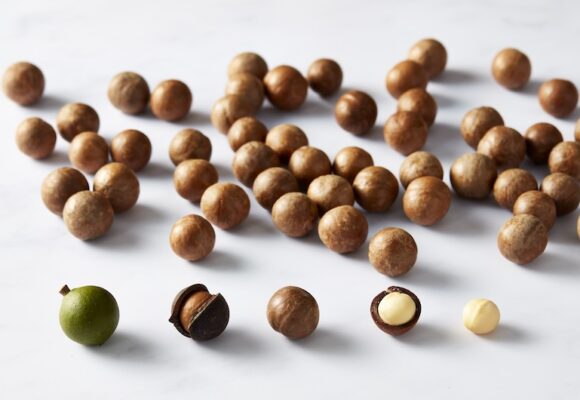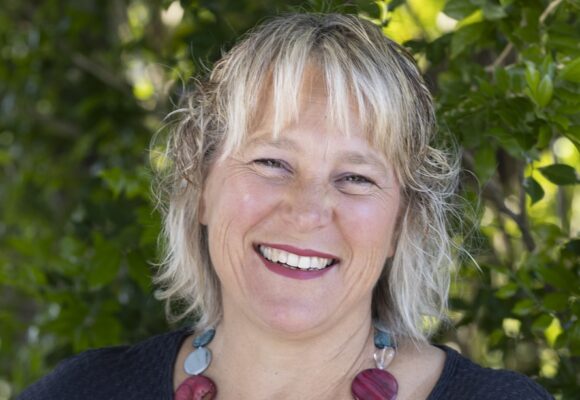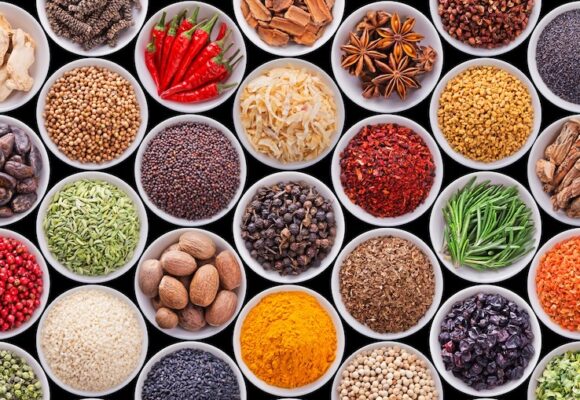Like so many Australians, Magdalena Roze is transported back to her childhood when she thinks about the first time she tried a macadamia. “It was on holidays when I was seven or eight,” she recalls fondly. “My dad got a macadamia nut ice cream. So I did too. And I’ll never forget the flavour.”

A popular journalist, food writer and cookbook author, Magdalena worked as a TV presenter on major Australian television networks for many years before relocating to Byron Bay with her husband, acclaimed chef Darren Robertson. Located in the Northern Rivers of New South Wales – also a major macadamia growing region – it’s here that the couple pursued their dream to open a restaurant on a farm.
We recently hosted Magdalena for an on-farm macadamia experience to help amplify key macadamia messaging among Australian consumers. Here’s a look at the strategy behind the partnership and what Magdalena discovered.
A perfect partner
By partnering with Magdalena, we were able to communicate the macadamia story to her audience of food lovers to help deepen their understanding of macadamias, how they grow and their incredible versatility as an ingredient in home cooking.


She was the ideal partner for this collaboration, and not only because of her passion for delicious, wholesome food. As a Byron Bay local, Magdalena witnessed first-hand the devastation that unfolded throughout northern NSW during the recent floods and is sensitive to the ongoing challenges that many people in the region are facing – including many macadamia growers.
The macadamia experience was hosted at “Malua”, the macadamia farm of grower Ross Arnett, which thankfully did not sustain any flood damage. A 10-hectare property that has been in Ross’ family since 1872, it is home to 2,000 macadamias trees that range in age from 7 to 17 years.
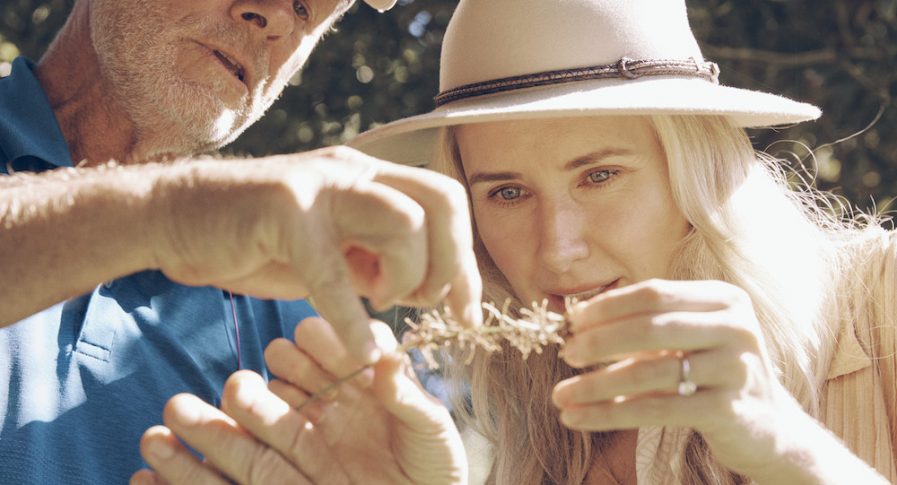
Magdalena was treated to a harvest experience, with Ross showing her macadamia flowers, the macadamias growing on the tree and introducing her to the first stage of the harvest process that occurs when the nuts fall to the ground. After trying her hand at operating a manual harvester, Magdalena moved on to the de-husking shed where she sorted some freshly harvested and de-husked macadamias.
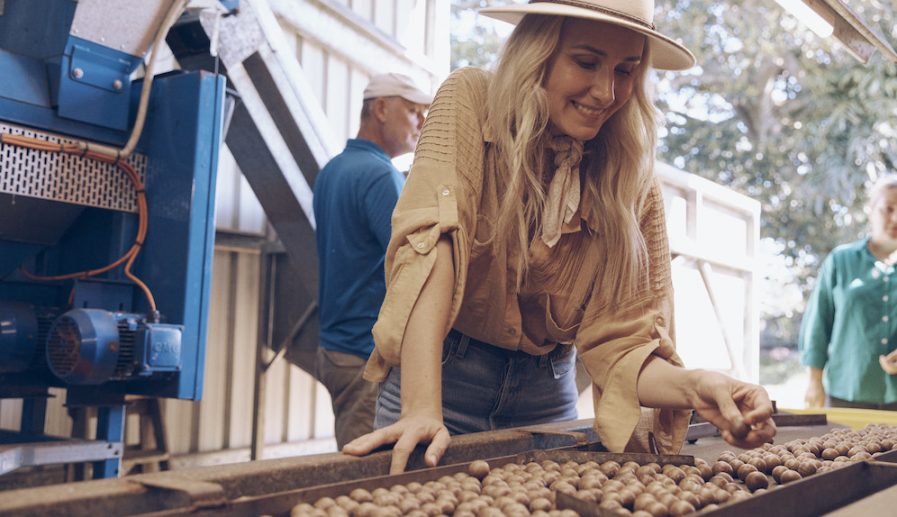
An insight into regenerative farming
Ross introduced Magdalena to some of the farming practices he adopts as a regenerative farmer, including soil protection and promotion of biodiversity within the orchard.
“Soil is the key to good farming practices,” he says. “I use compost to feed the soil biology and grow healthy soil, which leads to healthy trees. Healthy trees have fewer pest and disease problems.
Ross promotes biodiversity in his orchard by using cover crops and shrubs to provide habitat for insects and birds. This diversity keeps an orchard healthy. Around the perimeter of the orchard Ross has planted tall growing cover crops like sunflowers, sun hemp, and sorghum, mixed in with buckwheat and clovers.

“That height diversity is really good for attracting insects and birds,” says Ross. In the inter-rows between the trees, he grows lower-growing cover crops that bring beneficial insects into the orchard, including aphids, which then attract lady beetles, and lacewings, which are natural predators for common macadamia pests. “It’s a complex, natural arrangement that all works beautifully.” he says.
A macadamia taste experience
A delicious macadamia morning tea was where the inimitable taste of macadamias could really shine, with Magdalena enjoying macadamia cake, macadamia butter and vegetarian frittatas with macadamia pesto.

Magdalena says she loves cooking with macadamias at home. “Macadamias are native to our region, they’re plentiful here, and they’re beautiful and delicious and versatile. We make everything from crusts for our fish, to pesto, to baking, to cookies. We use it for so many different things, and the kids have crackers with macadamia butter and honey in their lunchbox every single day.”

Ross is proud of the macadamias he grows. “I think everyone should eat more nuts – they’re so good for you! My favourite way to use macadamias is to take small macadamia pieces, roast them in the oven and then use them to sprinkle in salads, stir fries or desserts. Oh, and nothing beats homemade macadamia butter on sourdough.”
We couldn’t agree more!
